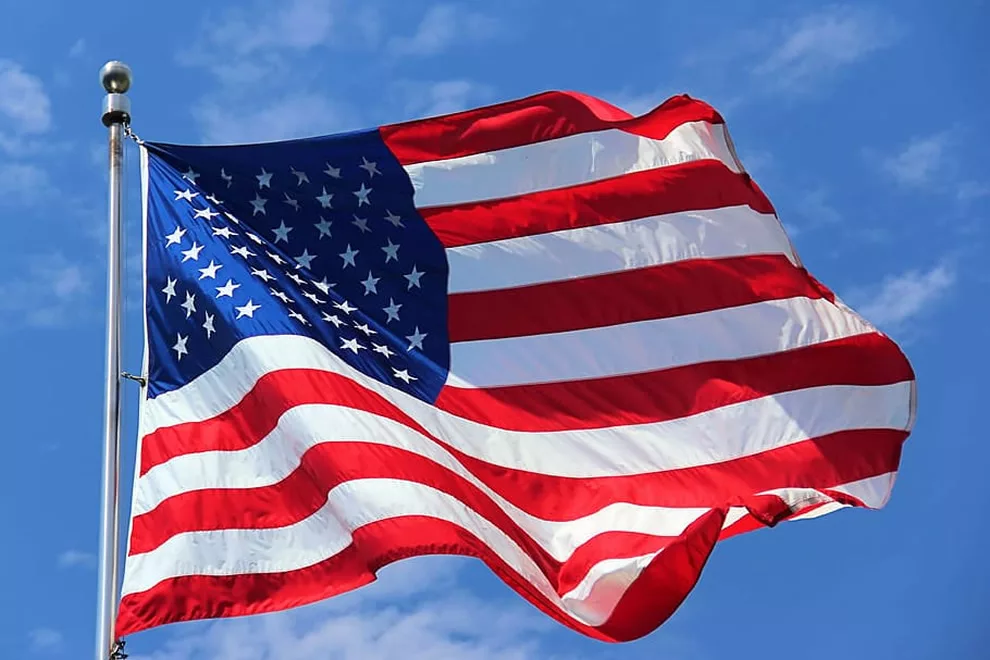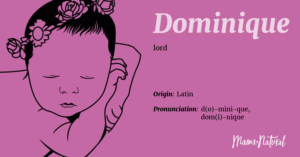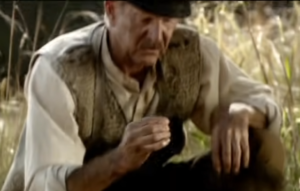
Labor Day, celebrated on the first Monday in September, is a day dedicated to honoring the contributions of the American workforce. This holiday, however, has a rich history and a tapestry of intriguing facts that many might not be aware of. Here are 15 fascinating tidbits about the origins and evolution of Labor Day:
- The inaugural US Labor Day was celebrated on September 5, 1882, in New York City, organized by the Central Labor Union.
- A staggering 10,000 workers marched from City Hall to 42nd Street during the first Labor Day parade and then gathered for picnics, concerts, and speeches at Wendel’s Elm Park.
- The concept of Labor Day is said to have originated in Canada in 1872 when they held a “Nine-Hour Movement” to support striking workers.
- The origins of Labor Day’s proposal are attributed to two individuals with similar names: Peter J. McGuire, co-founder of the American Federation of Labor, and Matthew Maguire, a machinist.
- Oregon became the first state to officially recognize Labor Day as a legal holiday in 1887.
- On June 28, 1894, the decision to designate Labor Day as the first Monday of September was approved.
- Labor Day initially emerged from the labor union movement to acknowledge the workforce’s contributions but is now a marker of summer’s end.
- During the 19th century, American laborers endured grueling 12-hour workdays, seven days a week.
- The Adamson Act, passed on September 3, 1916, established an eight-hour workday.
- The tradition of “no white after Labor Day” originated in the late Victorian era when the upper class stored away their white summer clothing upon returning to work and school.
- Despite its historical roots, Labor Day is still celebrated with a parade in New York City that retraces the 1882 labor march’s path.
- Labor Day’s public introduction in 1882 featured a parade in New York City attended by at least 20,000 people, where workers had to forgo a day’s pay to attend.
- The New York parade inspired other regions to hold Labor Day parades, leading to several states, including Oregon, Massachusetts, New York, New Jersey, and Colorado, making Labor Day a state holiday by 1887.
- The Haymarket Affair of May 4, 1886, in Chicago influenced the choice of Labor Day. The violence led to May 1 being celebrated worldwide as Workers Day, prompting the U.S. to opt for the first Monday in September for Labor Day.
- President Grover Cleveland played a pivotal role in establishing Labor Day as a national holiday by signing the act into law in 1894. Most states had already recognized Labor Day as a holiday by then.
As you enjoy your Labor Day festivities, take a moment to reflect on the rich history and significance of this holiday, which pays tribute to the hardworking men and women who have shaped our nation.




